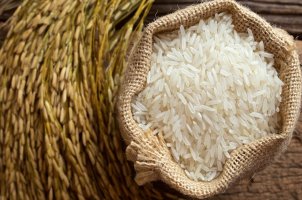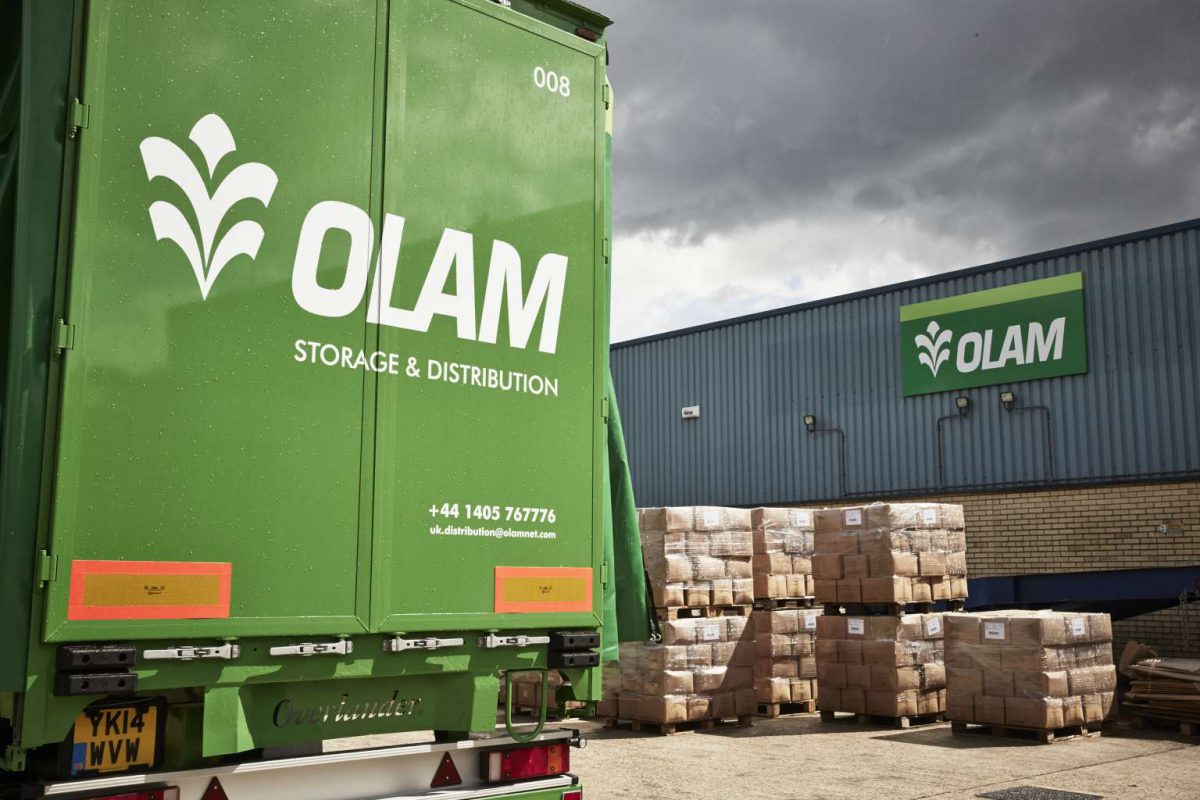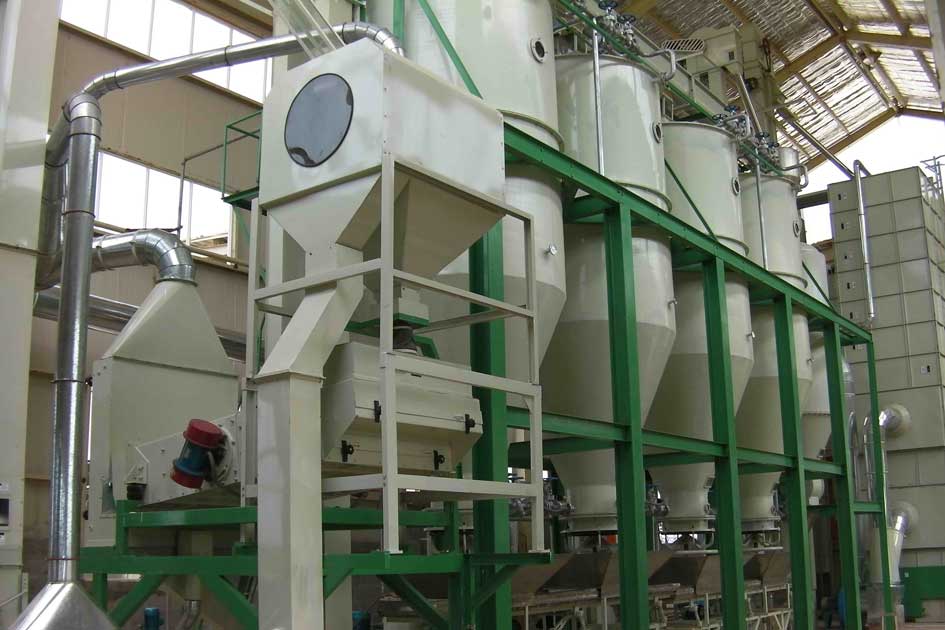The Federal Government of Nigeria recently acquired 110 rice milling machines, which, if everything goes as per the set plans, would be installed in different parts of the country. The installation process is expected to continue until the end of July, and is aimed to boost the dwindling production of rice in the country.
This development was confirmed by Malam Garba Shehu, who is the Senior Special Assistant on Media and Publicity to President Buhari, on his Facebook page, in Abuja.
Shehu, the president’s spokesperson stirred a national debate with his claim of Nigeria being the second largest producer of rice. Following a rice revolution that commenced in 2016, Nigeria achieved the position for being the second largest rice producer in the world.
Quoting an investigative media report, Shehu also remarked that 48,000 millionaires emerged in the state of Kebbi alone, for growing rice.
Shehu also claimed that over-reliance on oil has destroyed the country and that they are not in a position to continue. And the diversification of economy aims at distributing money across ordinary Nigerian citizens, ultimately leading to widespread prosperity across the whole country.
The president’s aide wants the country to be proud of the country’s ongoing agricultural revolution.
However, he also stated that the officials of the Federal Ministry of Agriculture are going to come up with latest development on Nigeria’s rice production.
Mr. Shehu’s Facebook post further read ‘’we’re not the first to say that Nigeria has reached second position in the world in terms of rice production. CNN, with their global reach also said the same thing. CNN is not a frivolous source and there’s reason to believe them.’’
“While the country waits for the actual numbers to come from the Food and Agricultural Organization, the government will be collating their own figures. Nigeria has been feeding a lot of parts from the north, west and central Africa since the last October and most of them have been shopping for millet, sesame, rice and sorghum in Nigeria.”
“In order to support the booming rice industry, the Federal Government acquired 110 rice milling machines. A lot is happening in the country and all of us should be proud of it”.
To keep yourself updated on news, events and the latest developments in the world of agricultural processing and engineering, keep following Nextech’s blogs.
 MAIL US :
MAIL US :
 CALL US :
>
CALL US :
>


